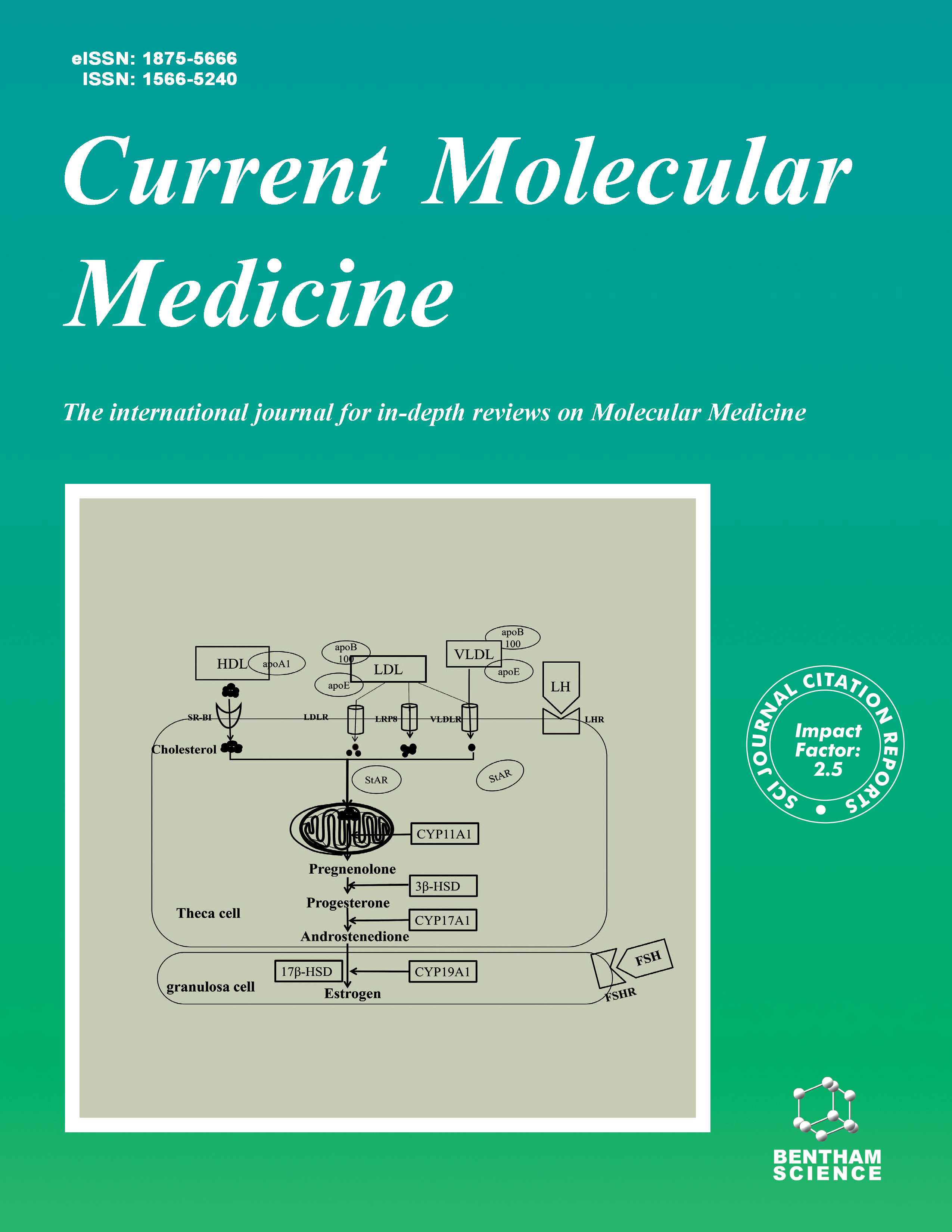
Full text loading...
We use cookies to track usage and preferences.I Understand

Cancer-associated fibroblasts (CAFs), one of the most abundant stromal cell types in the tumor microenvironment (TME), are potential targets for cancer treatments such as lung cancer. However, the underlying mechanism by which CAFs promote lung cancer progression remains elusive.
We obtained primary CAFs, normal fibroblasts (NFs), and their exosomes and constructed protease nexin-1 (PN1) stably silenced or over-expressed CAFs cells using lentivirus. Bioinformatics was used to obtain the expression of PN1 in lung cancer and normal tissues, the relationship with overall survival, and the enriched pathways. The MTT and Transwell assays were performed to detect the proliferation, migration, and invasion abilities of lung cancer cells after treatment. Western blotting, qRT-PCR, immunohistochemistry, and xenograft models were used to illustrate the role of CAFs in lung cancer progression via exosomes.
CAFs-derived exosomes, in which PN1 was more highly expressed than that in NFs-derived ones, effectively promoted the proliferation, migration, and invasion potentials of lung cancer cells A549 and H1975. Meanwhile, the PN1 expression was higher in lung cancer tissues than that in normal tissues and was negatively associated with the overall survival rate of lung cancer patients. More importantly, over-expressing or silencing of PN1 in A549 and H1975 cells promoted or inhibited cell proliferation, migration, and invasion, correspondingly. Furthermore, treated with PN1 overexpressing CAFs-derived exosomes, the lung cancer cells proliferation, migration, and invasion varied positively and were accompanied by activation of Toll-like and NF-κB signaling pathways. However, this phenomenon can be reversed by AN-3485, an antagonist of the Toll-like pathway. Finally, overexpression of PN1 leads to accelerated tumor growth by increasing the expression of the proliferation biomarker Ki67 and activation of the NF-κB signaling pathway in vivo.
CAFs promoted lung cancer progression by transferring PN1 and activating the Toll-like/NF-κB signaling pathway via exosomes.

Article metrics loading...

Full text loading...
References


Data & Media loading...